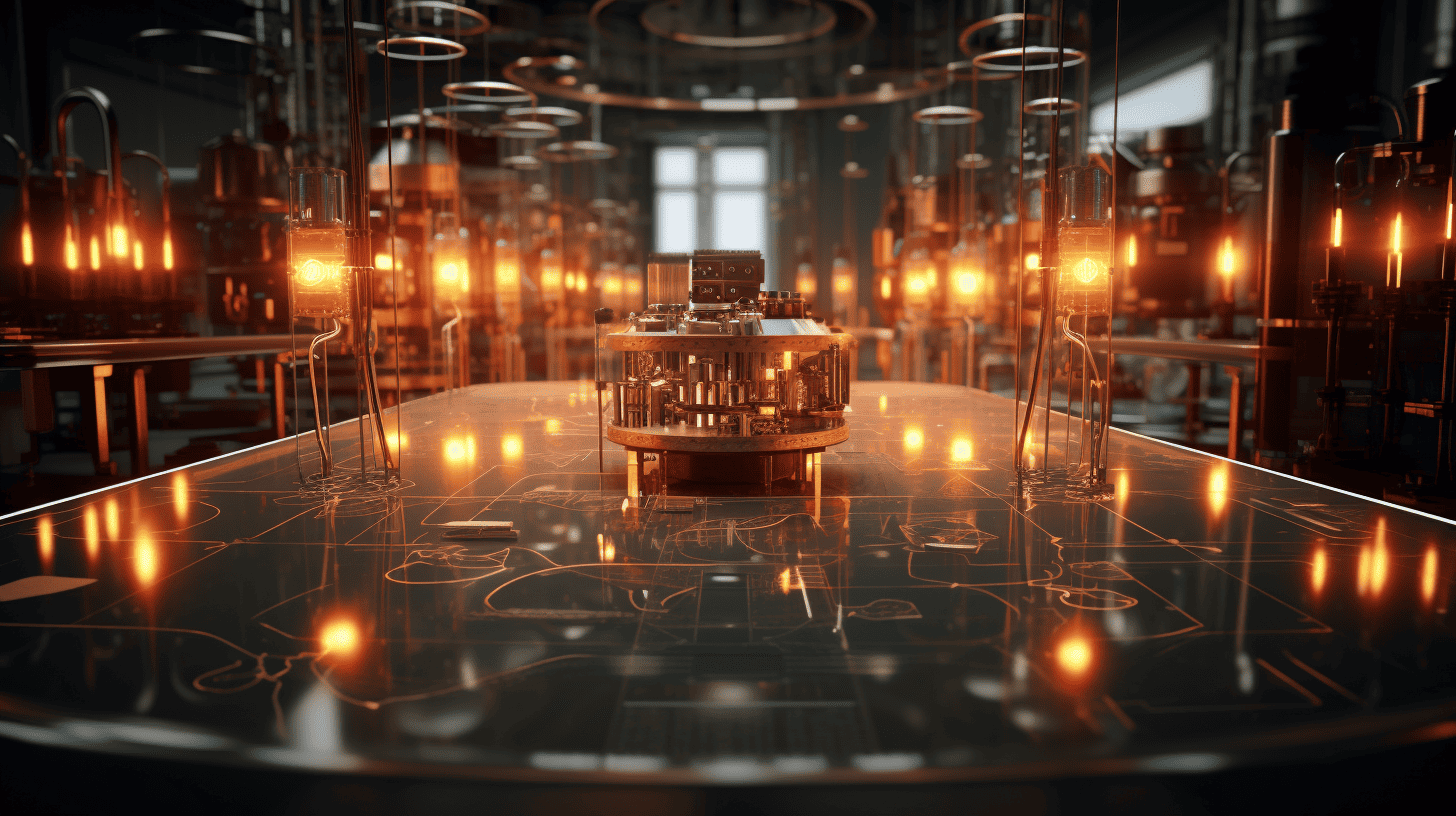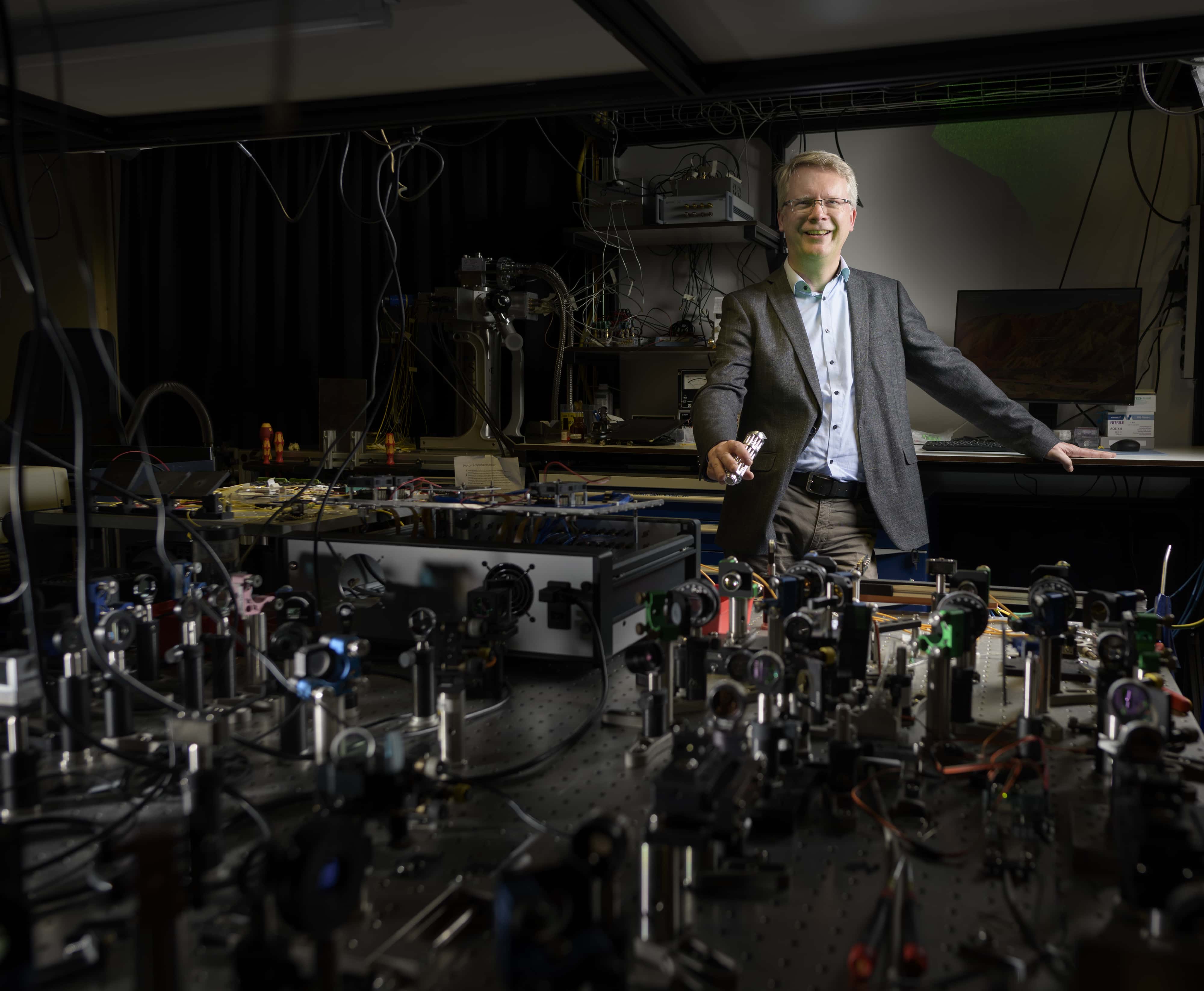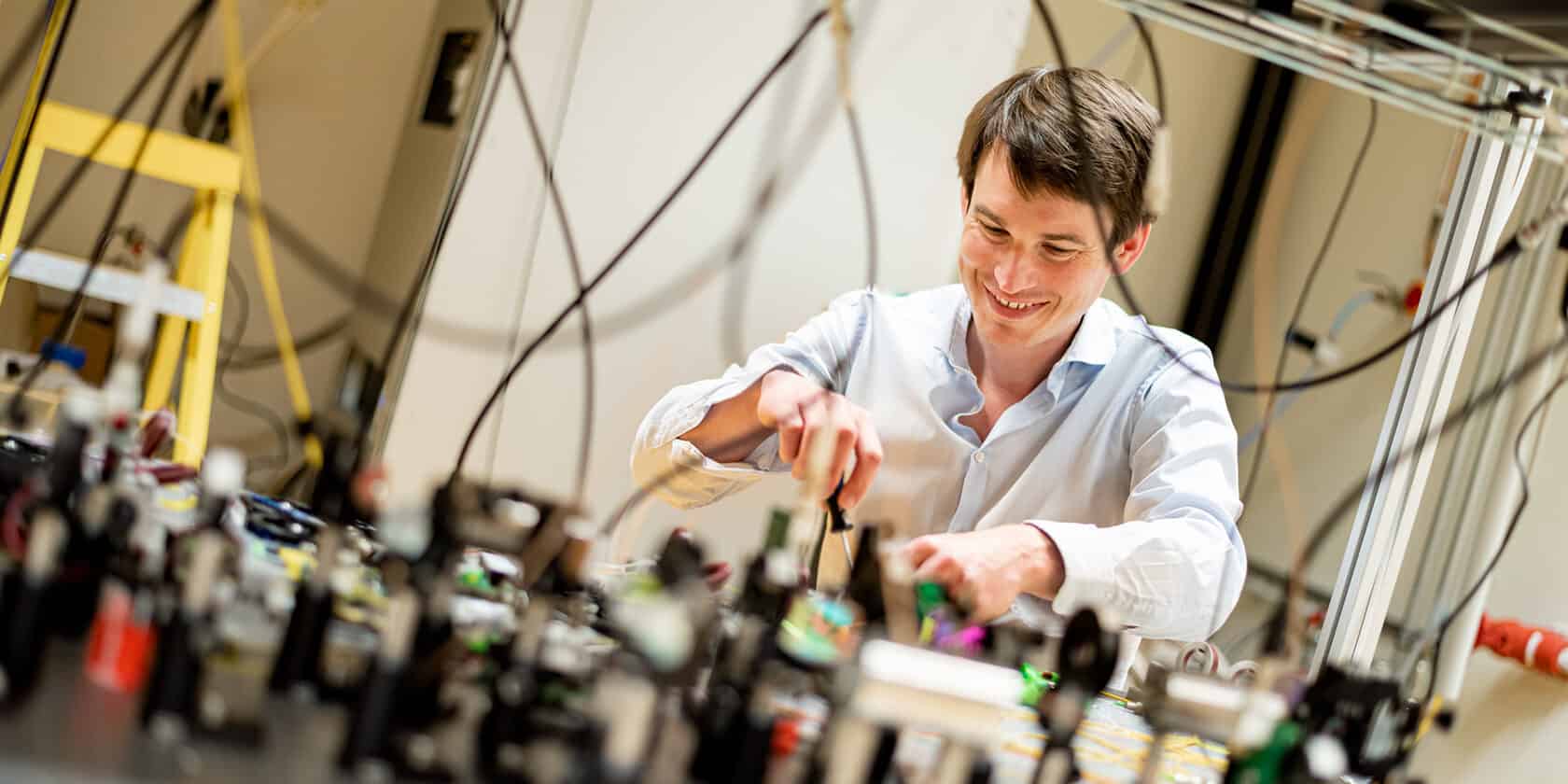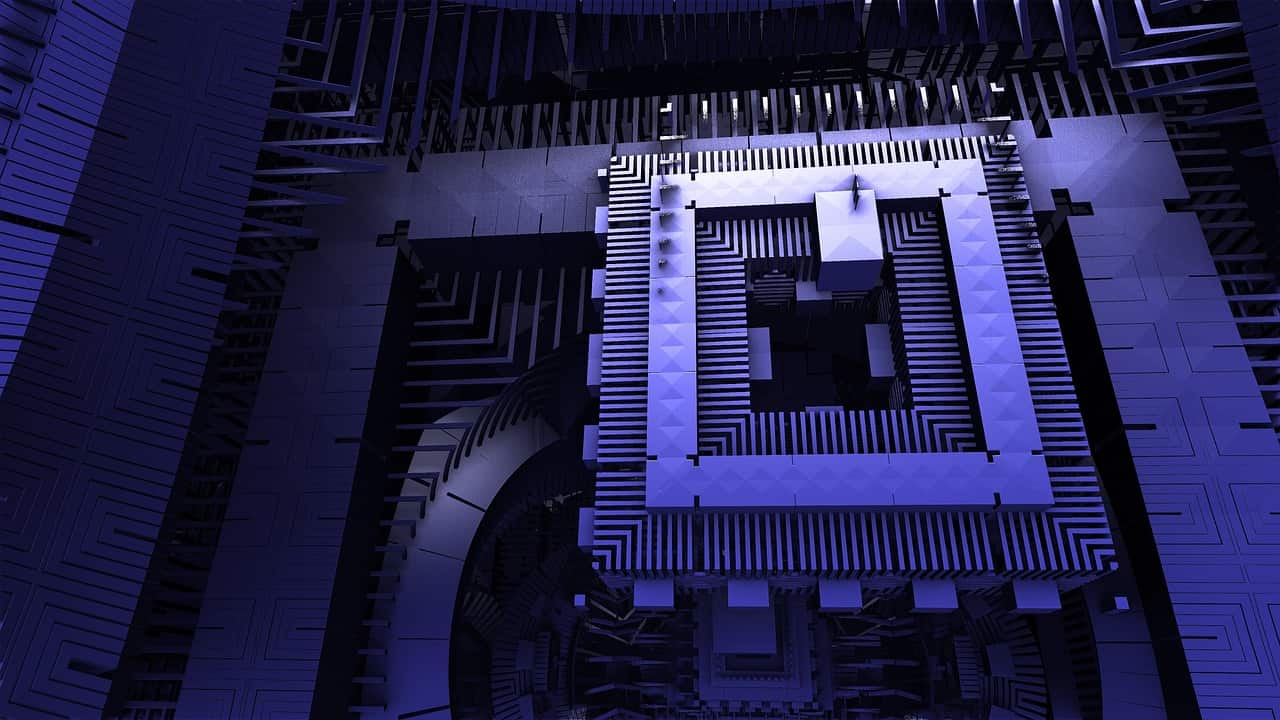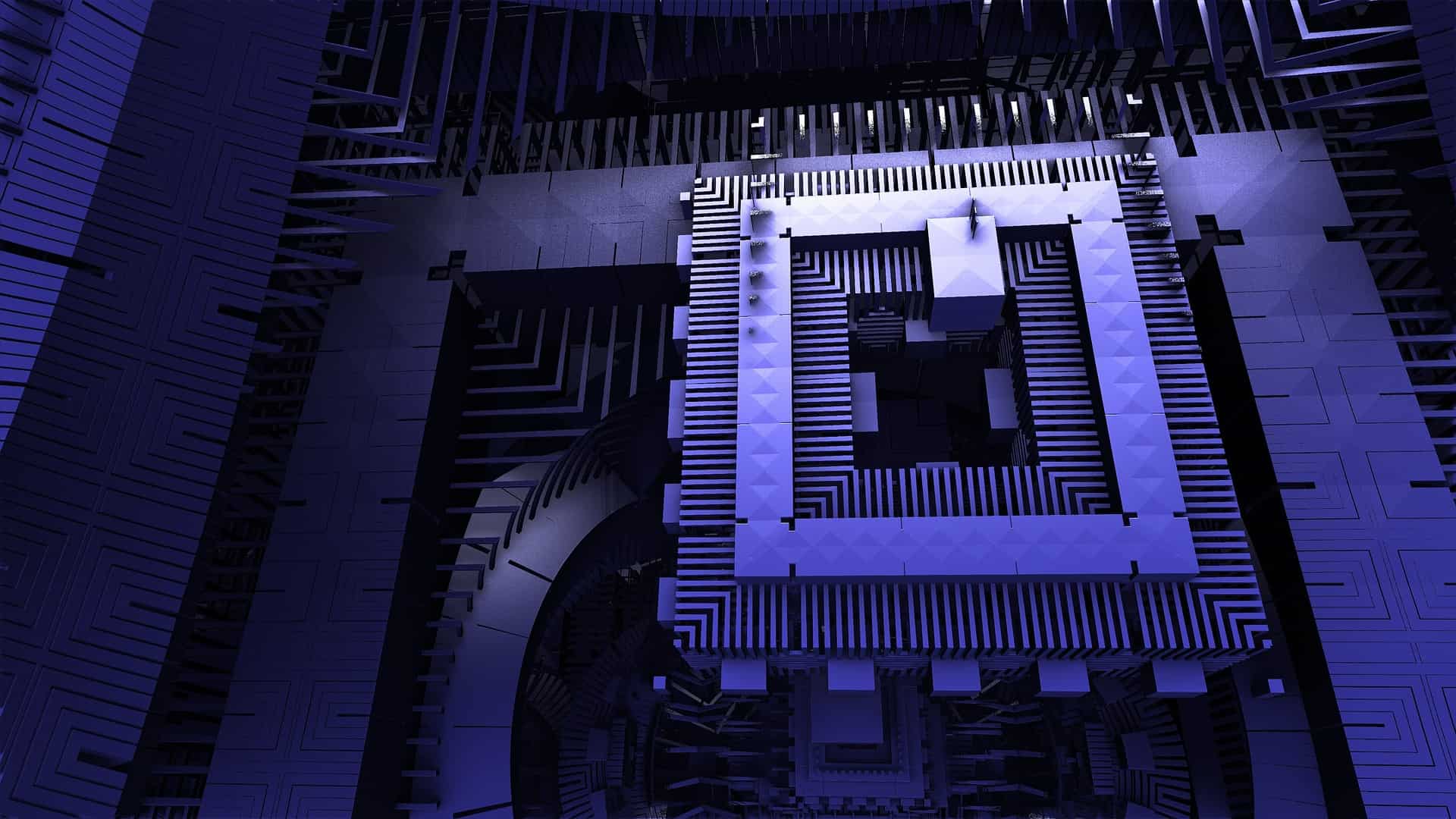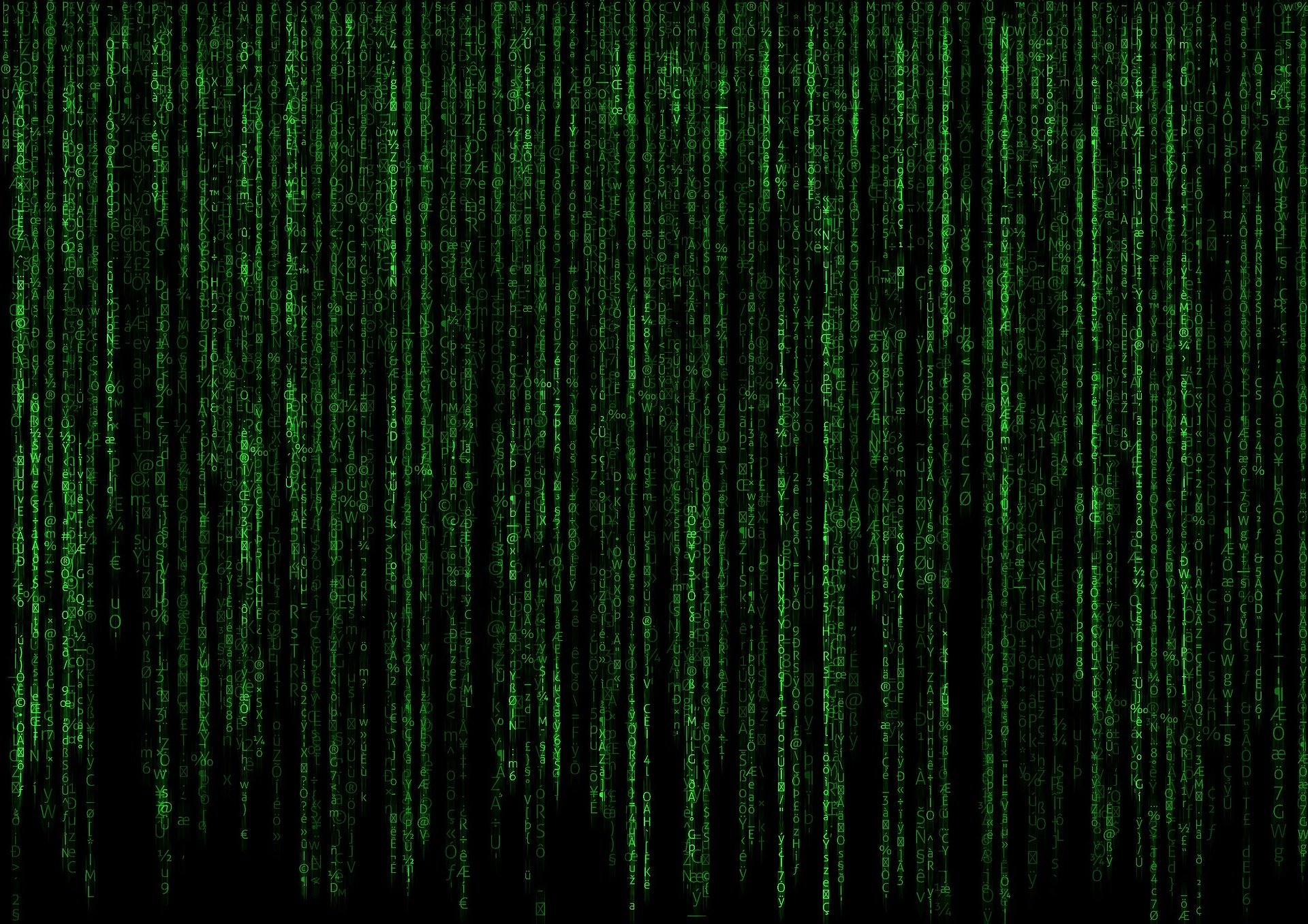
Associate Professor Mazhar Ali and his research group at TU Delft have discovered one-way superconductivity without magnetic fields, something that was thought to be impossible ever since its discovery in 1911 – up till now. The discovery, which was published in Nature yesterday, makes use of 2D quantum materials and paves the way towards superconducting computing, so TU Delft in a press release. Superconductors can make electronics hundreds of times faster, all with zero energy loss. Ali: “If the 20th century was the century of semi-conductors, the 21st can become the century of the superconductor.”
During the 20th century many scientists, including Nobel Prize winners, have puzzled over the nature of superconductivity, which was discovered by Dutch physicist Kamerlingh Onnes in 1911 (read more about this in the frame below). In superconductors, a current goes through a wire without any resistance, which means inhibiting this current or even blocking it is hardly possible – let alone getting the current to flow only one way and not the other.
That Dr. Heng Wu and Dr. Yaojia Wang, the lead researchers in Ali’s group who carried out this study, managed to make superconducting one-directional – necessary for computing – is remarkable: one can compare it to inventing a special type of ice that gives you zero friction when skating one way, but insurmountable friction the other way. Artist Ella Marushenko’s interpretation of the Josephson Diode effect. The image shows a computer chip made from a few layers of atoms (blue and white spheres) comprising the Josephson Diode. The green pairs of spheres represent superconducting pairs of electrons moving in one direction, while the orange spheres represent normal conducting single electrons moving in the opposite direction across the Josephson Diode.
Superconductor: super-fast, super-green
The advantages of applying superconductors to electronics are twofold. Superconductors can make electronics hundreds of times faster, and implementing superconductors into our daily lives would make IT much greener: if you were to spin a superconducting wire from here to the moon, it would transport the energy without any loss. For instance, the use of superconductors instead of regular semi-conductors might save up to 10 percent of all western energy reserves according to NWO. Read the interview with Associate Professor Mazhar Ali on the paper that establishes proof-of-concept, “The field-free Josephson diode in a van der Waals heterostructure“ through this link.
On May 18th – 19th, Associate Professor Mazhar Ali and his collaborators Prof. Valla Fatemi (Cornell University) and Dr. Heng Wu (TU Delft) are hosting a “Superconducting Diode Effects Workshop” on the Virtual Science Forum, in which 12 international experts in the field will be giving recorded talks online (to be published on YouTube) about the current state of the field as well as future research and development directions.
Selected for you!
Innovation Origins is the European platform for innovation news. In addition to the many reports from our own editors in 15 European countries, we select the most important press releases from reliable sources. This way you can stay up to date on what is happening in the world of innovation. Are you or do you know an organization that should not be missing from our list of selected sources? Then report to our editorial team.

